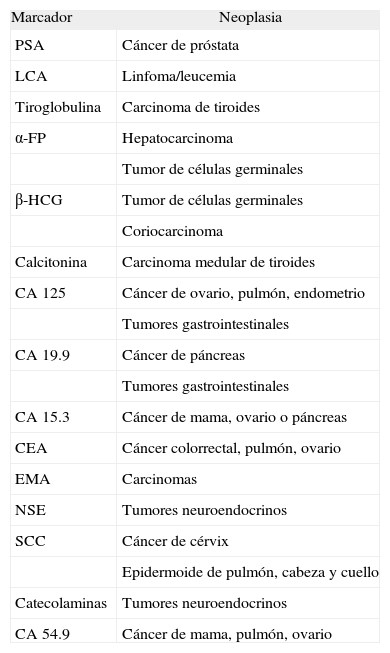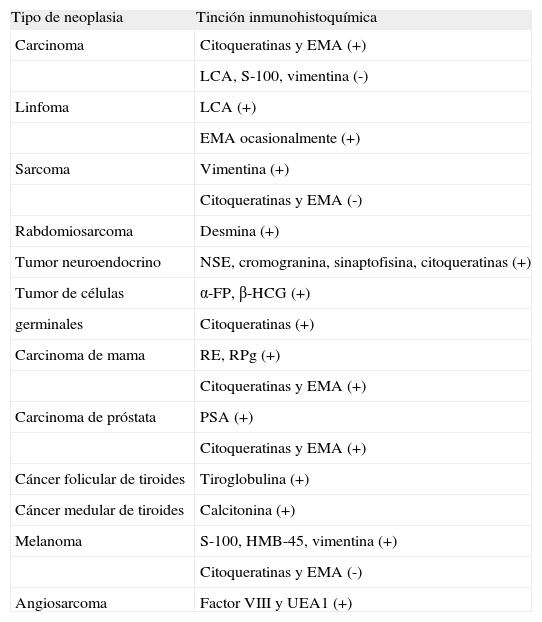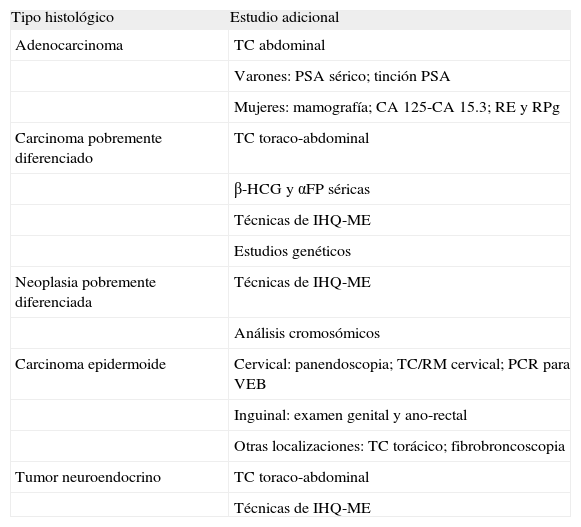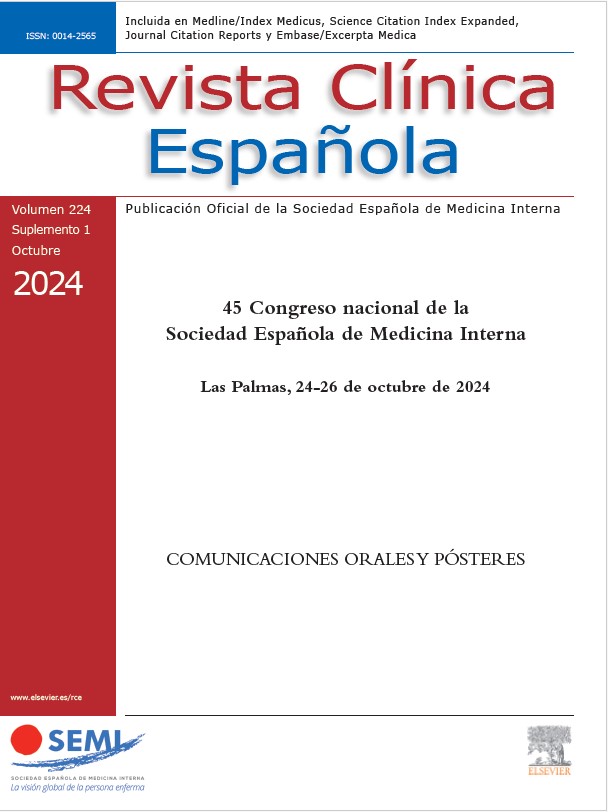El cáncer de origen desconocido (COD) es una entidad heterogénea definida por la presencia de enfermedad metastásica documentada histológicamente, sin evidencia de neoplasia primaria tras un estudio diagnóstico dirigido. Los protocolos actuales de manejo del COD se basan no en la búsqueda de la neoplasia primaria, sino en la identificación de los pacientes que pueden beneficiarse de un tratamiento que prolongue su supervivencia, de acuerdo a las características clínicas e histopatológicas de cada caso. Al optimizar el estudio diagnóstico, evitaremos además pruebas infructuosas en pacientes con escasas posibilidades terapéuticas y mal pronóstico a corto plazo.
Cancer of unknown primary site (CUPS) is a heterogeneous entity defined by the presence of a histologically-proven metastatic neoplasm, in which the original tumor cannot be identified after a targeted study. The current guidelines for CUPS focus is not based on the search for the primary neoplasm but rather on the identification of patients who may benefit from a treatment that will prolong their survival, based on the clinical and histological characteristics of each case. By improving the diagnostic study, we avoid using fruitless tests in patients with limited therapeutic possibilities and poor short-term prognosis.
Artículo
Diríjase desde aquí a la web de la >>>FESEMI<<< e inicie sesión mediante el formulario que se encuentra en la barra superior, pulsando sobre el candado.

Una vez autentificado, en la misma web de FESEMI, en el menú superior, elija la opción deseada.

>>>FESEMI<<<









